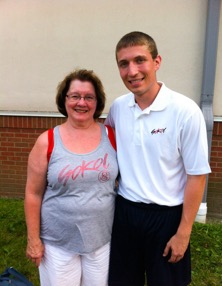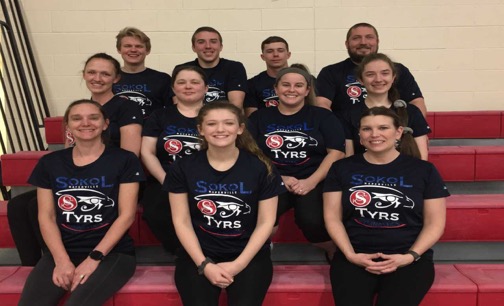Sokol Comes to America
Czech’s Trans-Atlantic Journey – Sokol comes to the US
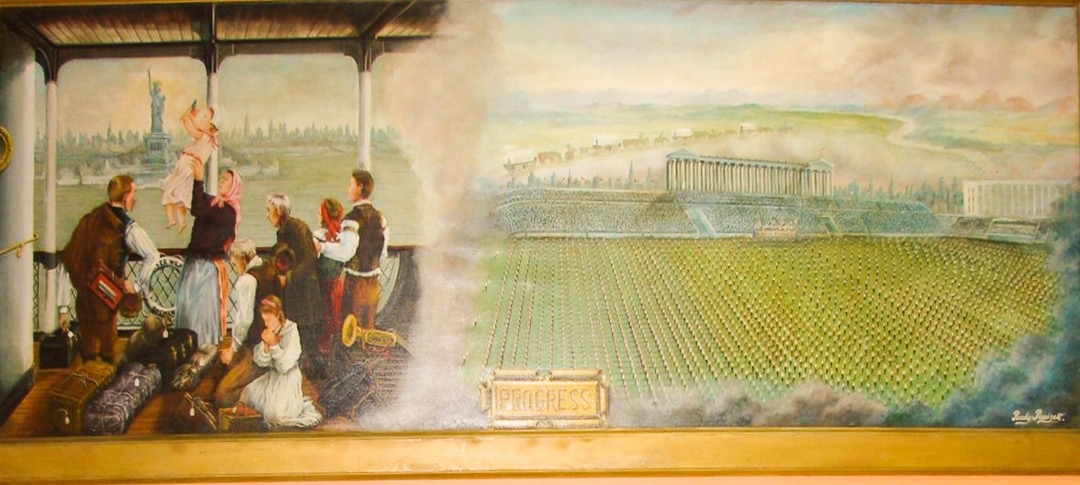
Czech Settlers in the United States (1871-1910)
- Between 1901 and 1910, 94,630 Czech immigrants arrived in the U.S. This number is an underestimate, because some were listed as “Austrian” since Bohemia and Moravia were part of the Austro-Hungarian Empire.
- 97% of Czech immigrants were literate (compared to 67% of all Slavs). Many were skilled workers, farmers or professionals, a factor that underscored the success of the Czech settlers.
- Czech settlements were established in urban areas, e.g., Chicago, New York, Cleveland, St. Louis, Baltimore, Milwaukee and Omaha, as well as in rural towns especially in the Mid-West and Texas. These settlements frequently included a Sokol gymnastics club and its many faceted programs (drama, dance, music groups, and Czech language and culture schools).
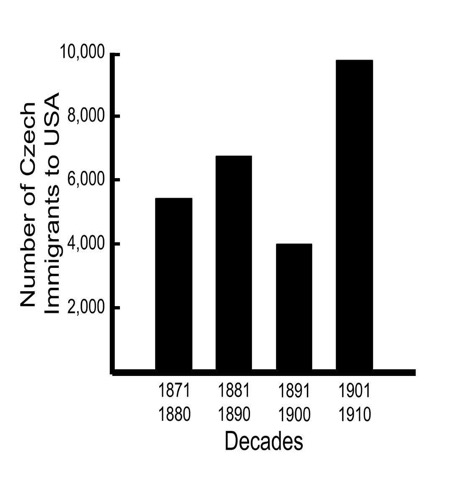
Czech immigrants filled important roles in America, e.g., farming, businesses, working in factories, and as skilled workers and professionals.
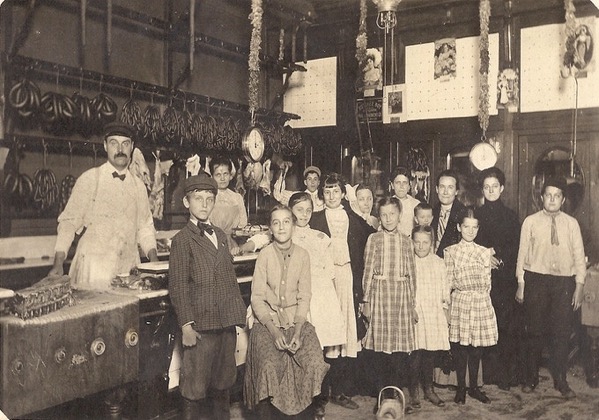
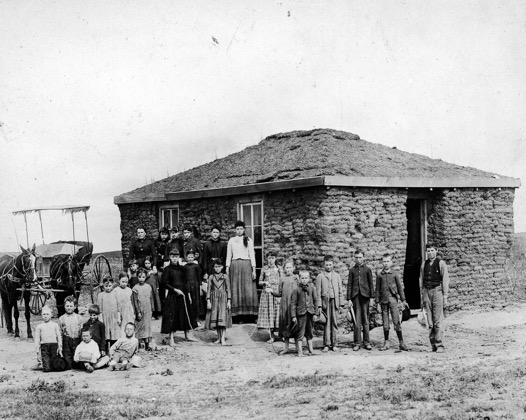
Czech Immigrants and the American Dream
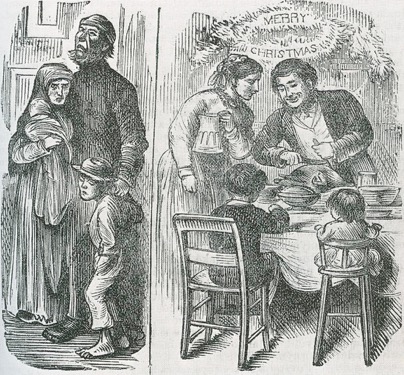
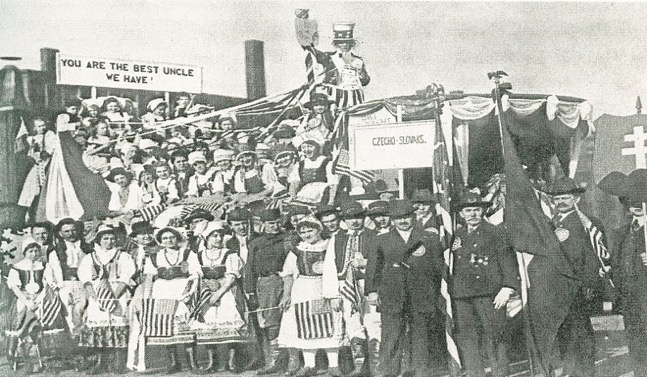
America Welcomed Czech-American Subculture and the Immigrant’s Contributions
Czech Immigrant’s cultural homogeneity and talent diversity
Sokol clubs (units): facilitators of Czech culture
Preservation of Czech Culture in Rural Settlements
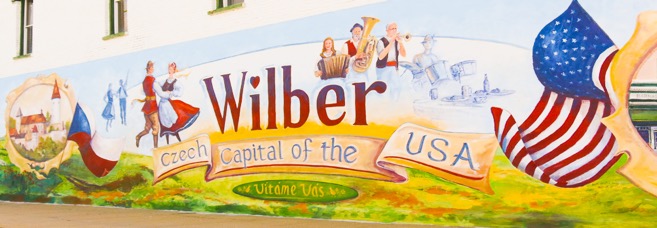
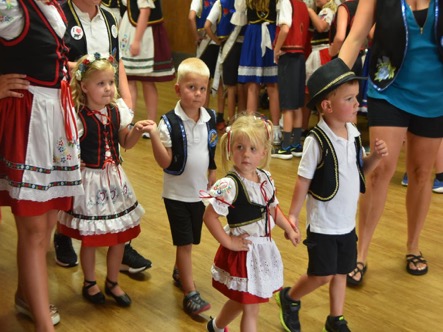
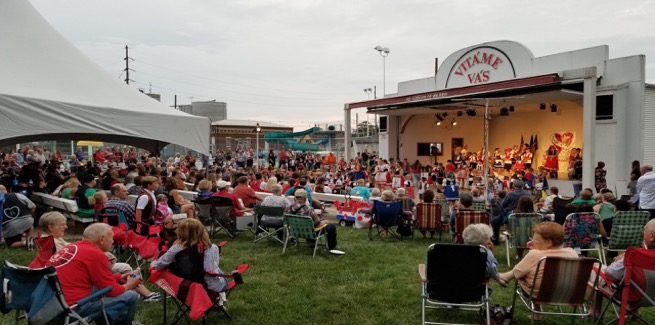
Some Czech Festivals in the USA
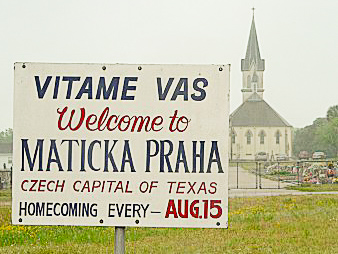
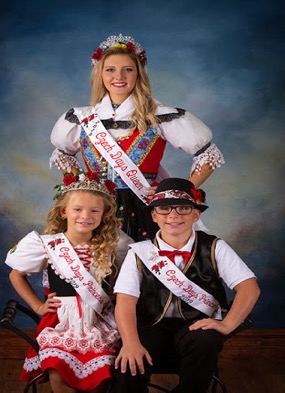
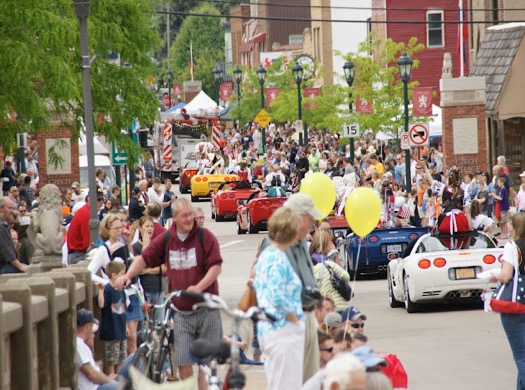
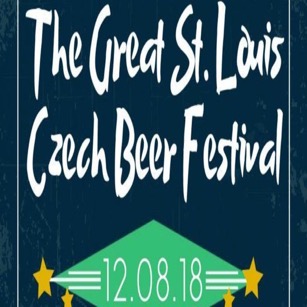
Czech Culture Comes to America
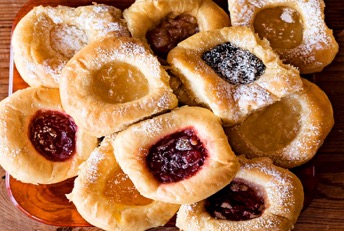
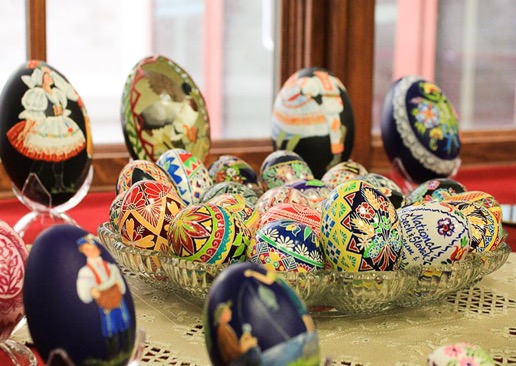
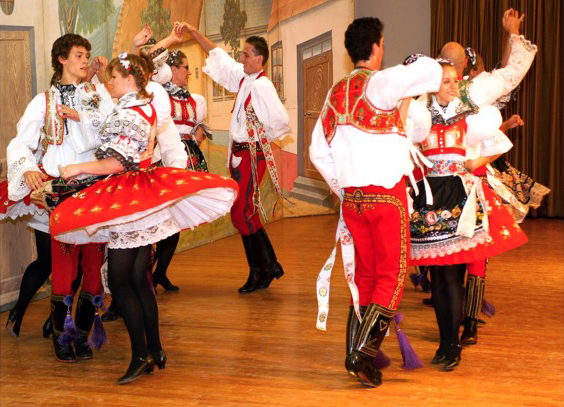
National Czech and Slovak Museum and Library (NCSML), Cedar Rapids, IA
- A small Czech museum, in a three-room house, was founded by the locals in 1978 and was operated by volunteers. Three yeas later a 1,700 sq. foot building was rented.
- In 1993 a 16,000 sq. foot building was dedicated with three presidents attending: Clinton (US), Havel (Czech Republic) and Kováč (Slovak Republic).
- Following the flood of 2008 and a fund drive, an expanded museum was opened in 2012 (shown in photo).
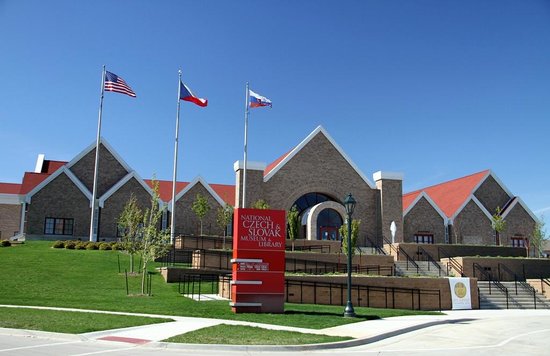
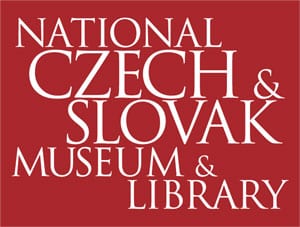
- Museum open 7 days/ week; Library open 6 days/week; in 2019 NCSML had more than 15,000 visitors and 18 full-time staff members. Rotating exhibits cover a broad range of topics.
- Library open to museum visitors and researchers.
- Workshops include a wide range of topics.
- Symposia and lectures by distinguished speakers.
- Traveling exhibits available.
- Gift shop offers a variety of books, gifts and souvenirs.
- Internships are available.
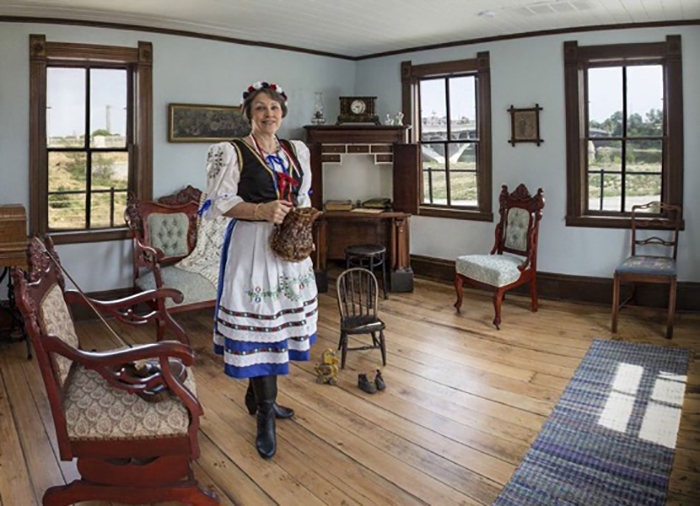
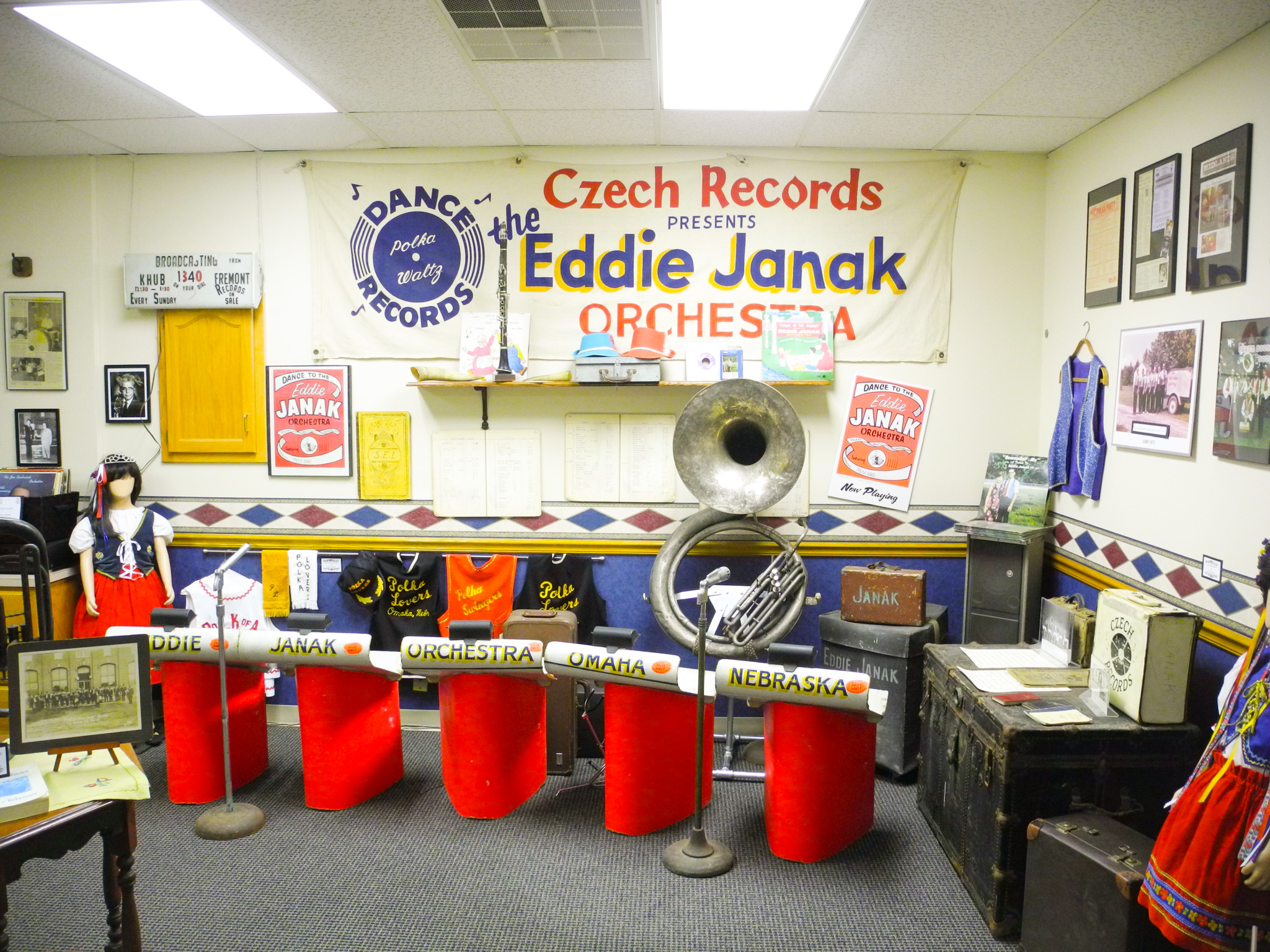
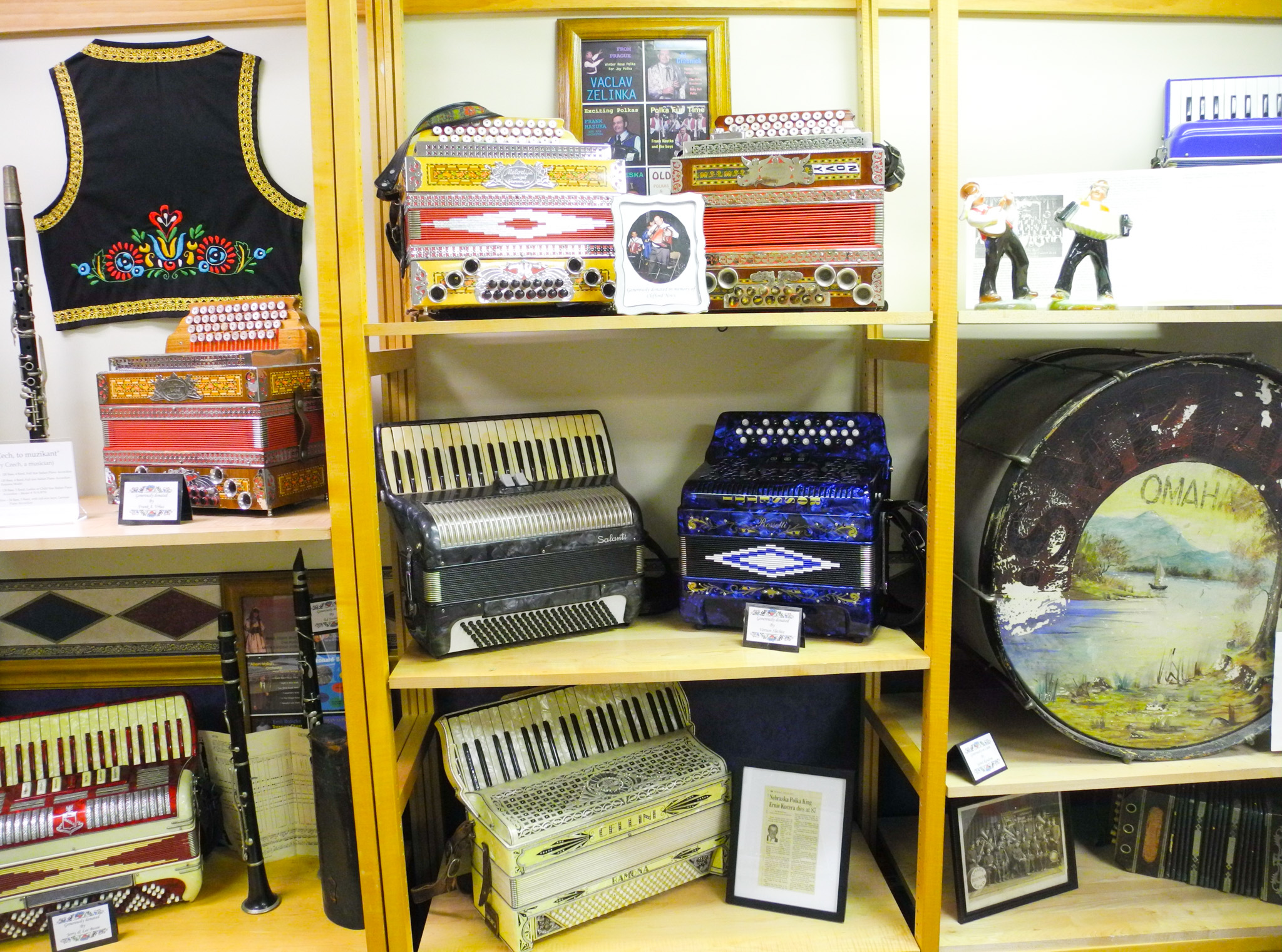
Czech & Slovak Educational Center & Cultural Museum in La Vista (Greater Omaha)
Photos: Honoring local famed polka orchestra; collection of accordions; and puppet display
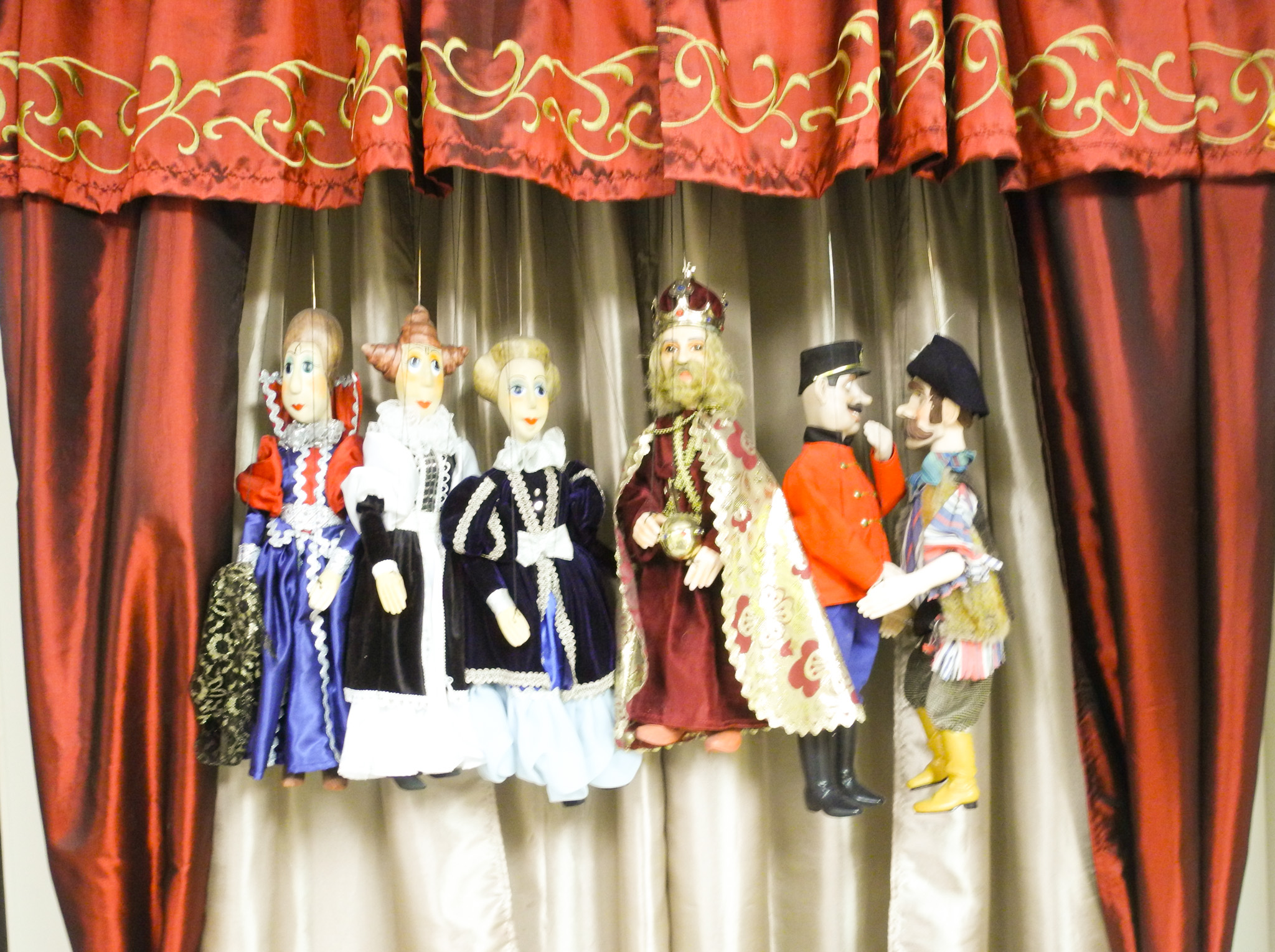
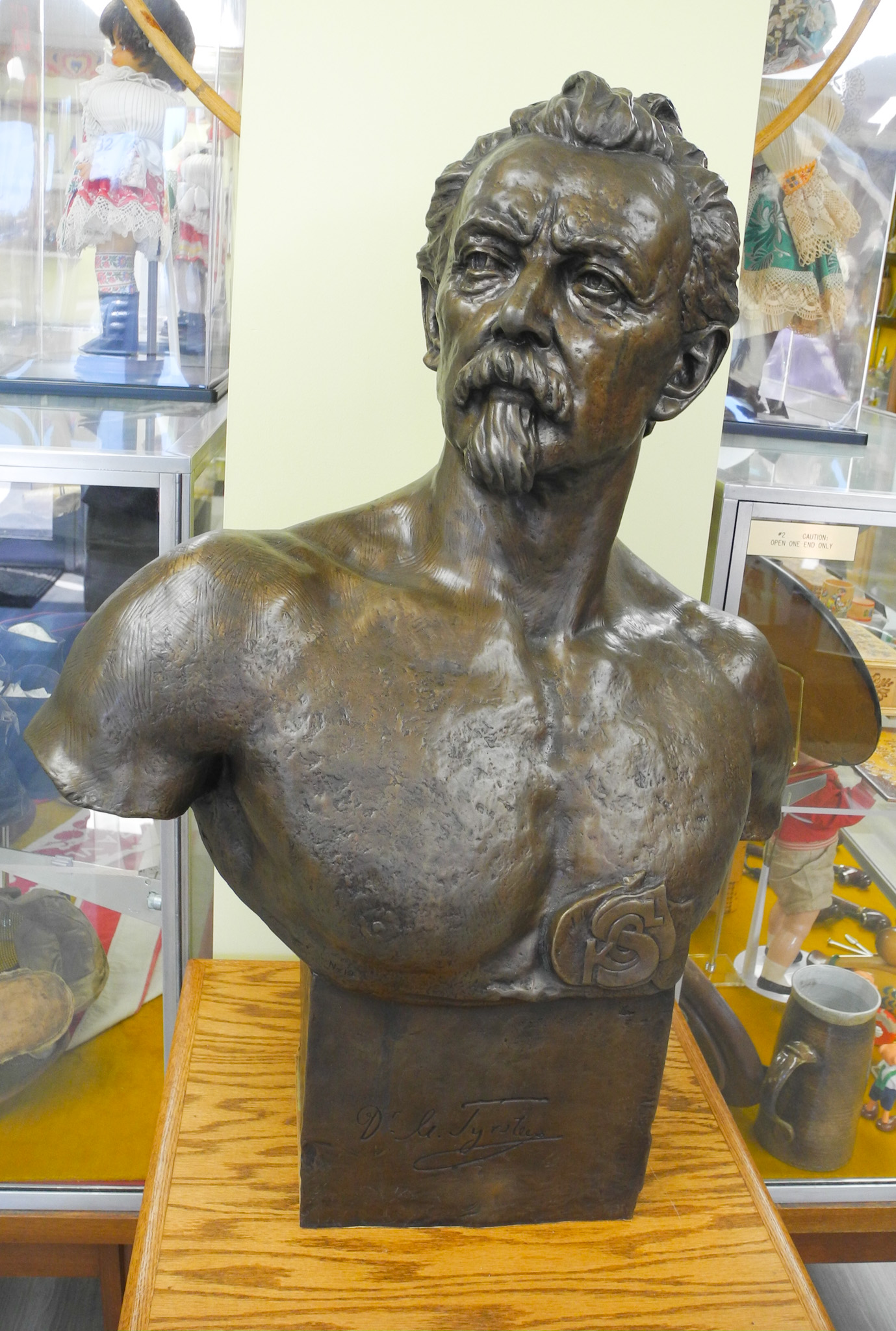
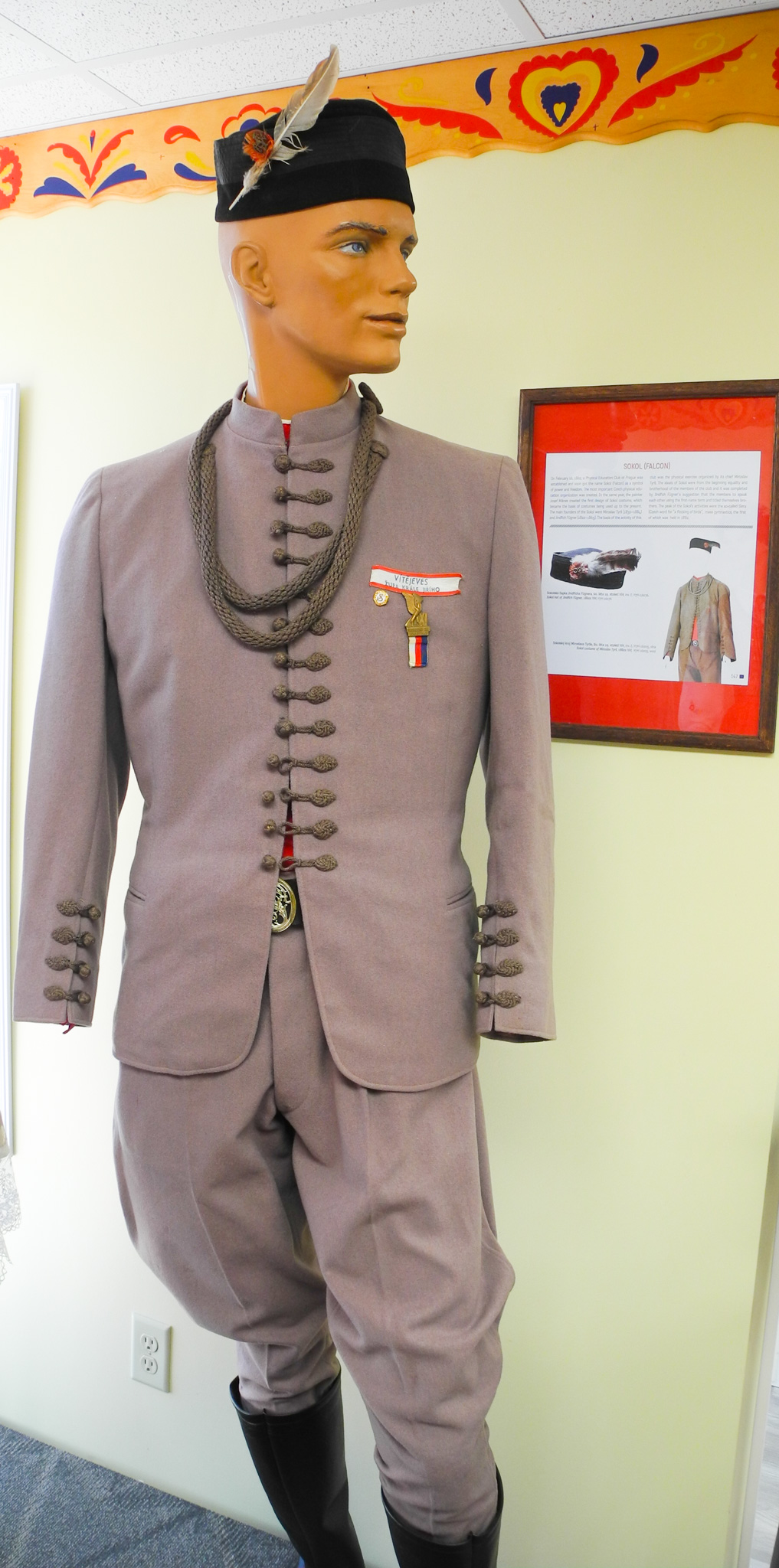
Sokol South Omaha and Czechoslovak Museum
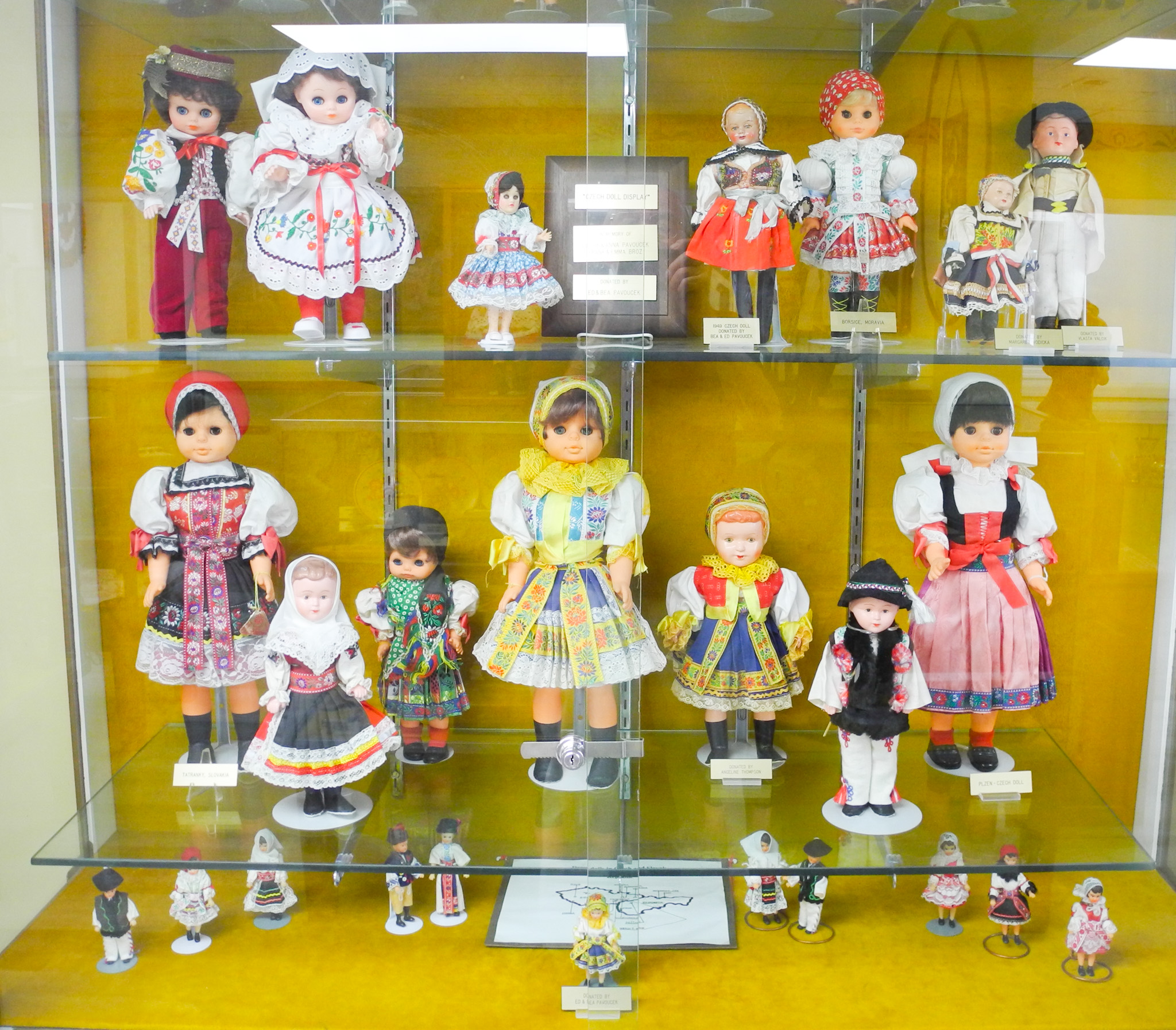
A Czech Festival in the town of Clarkson, NE
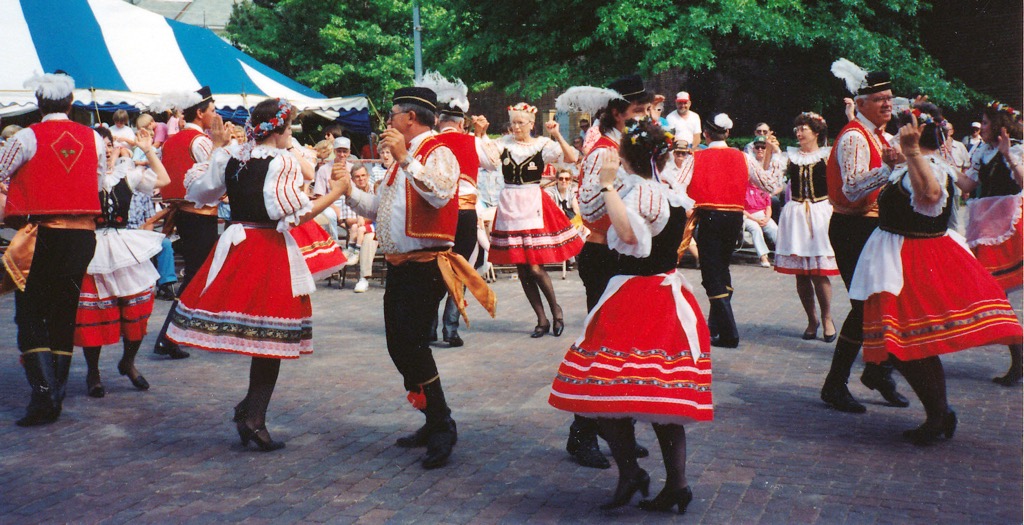
Czech Immigrants Develop Theater as a Component of Sokol
- The first Sokol in Chicago had a stage and drama club, and later, other Sokol clubs also formed drama groups.
- Sokol New York featured a “Dramatic Division” in 1888.
- Sokol Omaha had productions every year between 1893 and 1937, and some thereafter until the 1950s.
- Chicago’s Sokol Pilsen had a 2,000-seat theater.
- Sokols in small towns in Nebraska (e.g., Wilber, Crete, Clarkson, Schuyler) and Texas Sokols in Corpus Christi, Houston, Dallas, and others also had drama clubs that featured Czech plays.
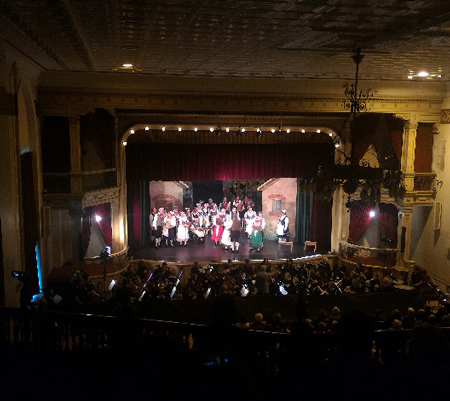
Sokols and Czech Theater
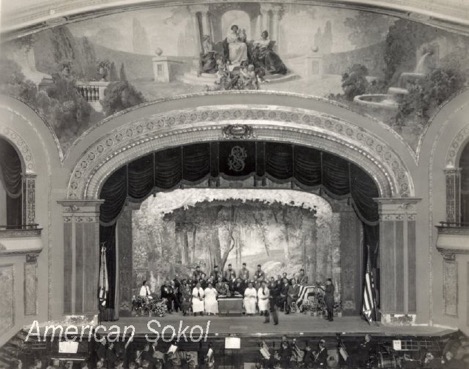
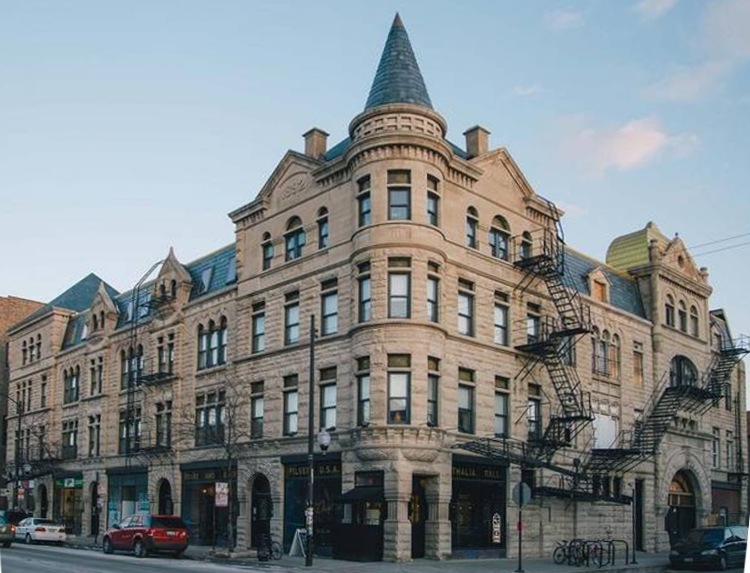
Cleveland: a Major Settlement for Czech Immigrants
- Significant settlements began in the 1860s and the immigrants established fraternal and educational societies, other cultural groups, and churches. Two Czech language newspapers were published in 1870.
- Zizkov & other neighborhoods had Czech names, e.g., Praha, Svoboda (liberty), Vršku (on a hill).
- By 1920, Cleveland’s Czech population had reached 43,997.
- Sokol clubs were established (five by 1919) and served as cultural, in addition to gymnastic, centers.
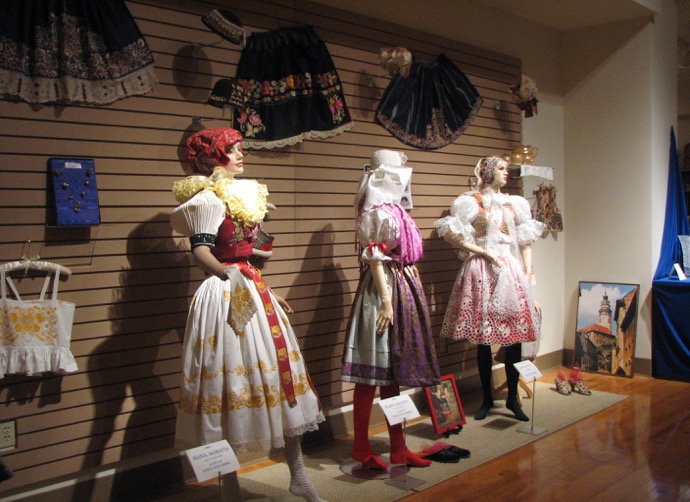
St. Louis 1865: First Sokol in the US
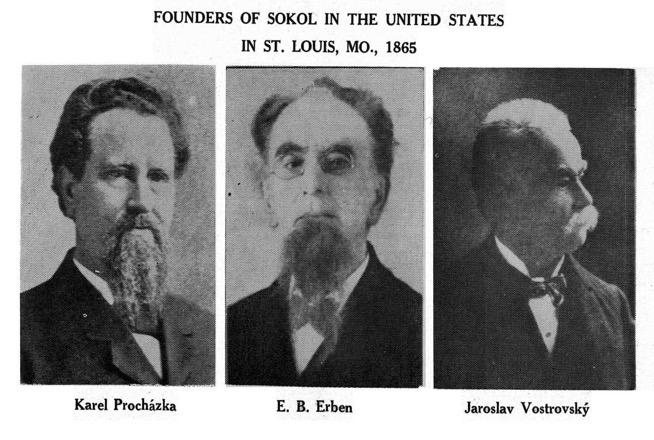
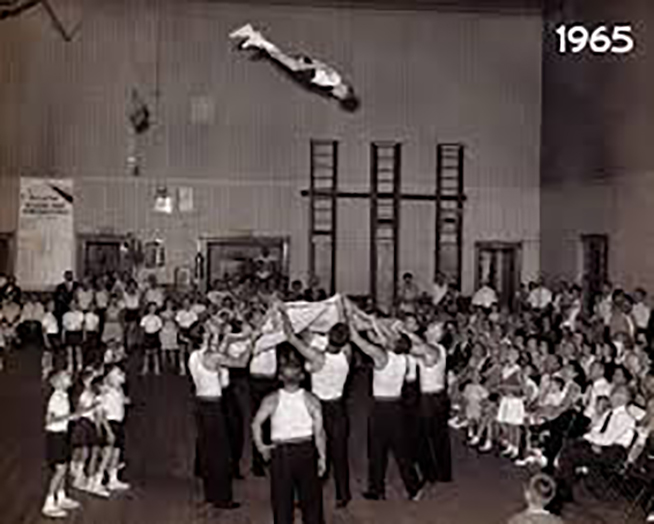
Czech Sokol Clubs in the US
- 1865: First Sokol club established in the US – St. Louis, and between 1866 – 1880, 18 new clubs formed between NY and NE.
- 1878: National Union of Sokols was established, then in 1917 American Sokol Organization became the national body.
- Small towns with large Czech settlements formed Sokol clubs. In 1908, Nebraska had 13 clubs; 11of them were in small towns.
- 1933: Number of clubs in the US peaked (see figure).
- A decline in the number of clubs occurred after 1933 due to fewer Czechs migrating to the US, a dilution of Czech neighborhoods, as well as financial reasons, and World War II.
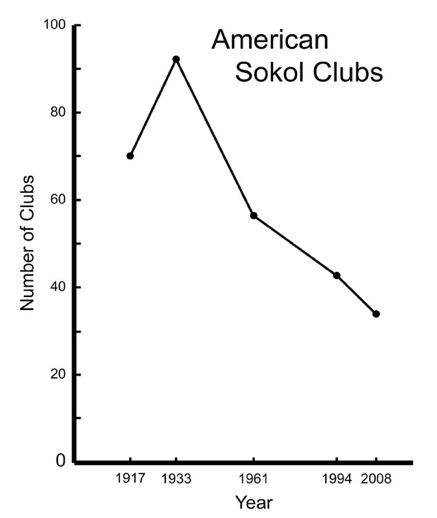
National Union Sokol (Národní Jednota Sokolská), or NUS, the First National Union of Sokols
- Two of the 10 clubs were in Chicago (Gymnastic Unit Sokol in Chicago, and Sokol Czech American), and two were in Cedar Rapids (Sokol Tyrš, and Sokol Club Cedar Rapids). The other six were: Sokols New York, Blesk in Baltimore, St Louis, Budivoj in Detroit, Czech-American in Kewaunee WI, and Čech in Cleveland.
- Obstacles to unification included: objections to paying national fees, competition between New York and Chicago for leadership of the NUS, and differences regarding offering insurance. Another issue was the use of English during gymnastic training sessions, a problem which led to the establishment of Župa Fügner-Tyrš (District Fügner-tyrš), a union of ten clubs by 1905. They were labeled “red Sokols” because they wore the uniforms of Czech Sokols, featuring a bright red Garibaldi shirt, in contrast to the NUS blue uniform.
- NUS grew and listed 37 clubs with 5,000 members by 1909.
- In 1917 the American Sokol Organization became the main national governing body when it replaced NUS.
Sokol Clubs in Wisconsin
Czech settlements appeared in Wisconsin in the mid-19th century, and in 1869 a Sokol club was formed in Milwaukee. Subsequently, many Wisconsin towns developed Sokol clubs, even those with very small populations.
Racine, a town with a high percentage of Czechs formed Sokol Mladočech (young Czech) in 1889, in response to 17 young men who began training in a barn. Top photo shows a 1913 postcard from Racine featuring a parade associated with a Sokol festival.
Cadott WI, a village that was an early Czech settlement, also organized a Sokol club. The bottom photo shows its members forming a pyramid.
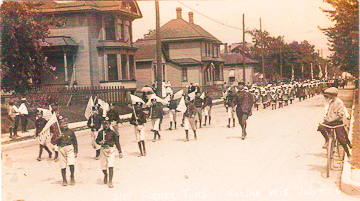
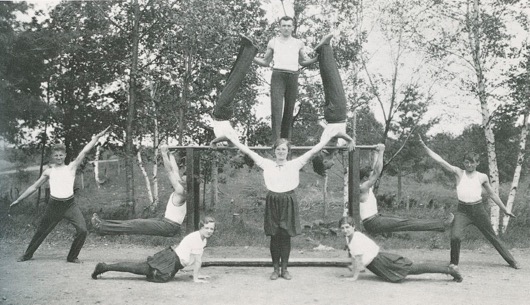
American Participation in VIII All-Sokol Slet in Prague
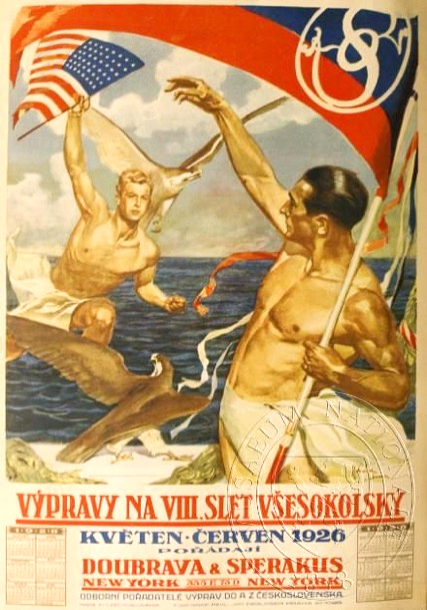
- The flyer is from an ocean-liner inviting Americans to make the trans-Atlantic voyage for the 1926 Slet.
- The photo is of American women gymnasts, Slet participants, (white dress uniforms) in Prague.
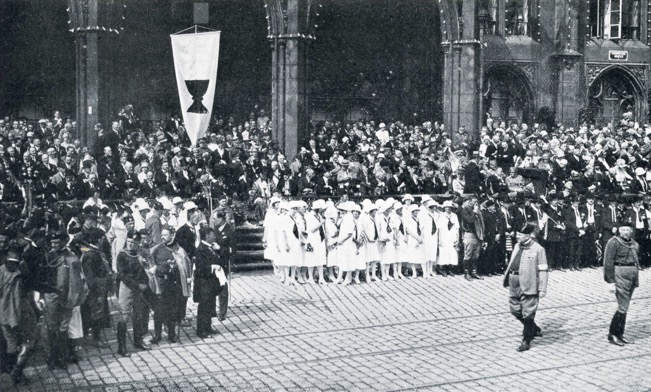
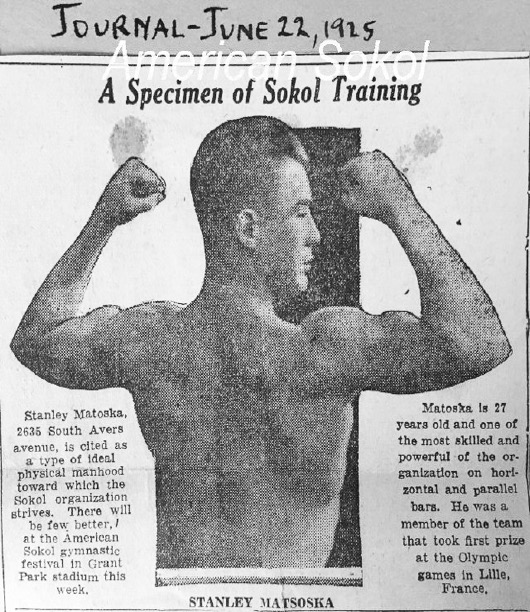
Stanley Matoska (1896-1961), Czech Immigrant
Matoska was a member of the Czech Sokol Gymnastic Team that came to the US in 1921 to participate in the Sokol Slet in Chicago. He immigrated soon after, and taught gymnastics at Sokol Berwyn.
This is just one of many stories of Czech immigrants bringing the fullness of the Sokol movement to America. The quality of the Sokol movement in the US was dependent on the Czech Sokols. Their gymnastic and physical education programs were more advanced than those in the US.
Moreover, the immigrants brought with them their diverse skills and their culture, which helped establish Sokol clubs.
Czech Day at the World’s Fair: Columbian Exposition 1893 in Chicago and the First Sokol Slet in America
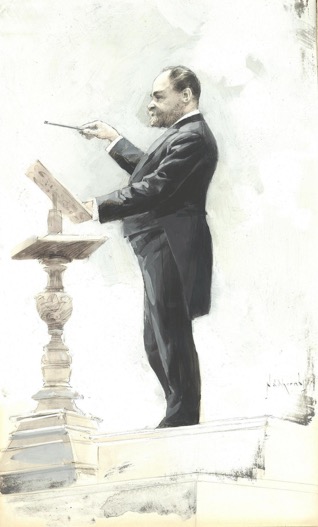
- The festivities comprising Czech Day and the other days that hosted Sokol events i.e., the Slet or Rally with exercise demonstrations and gymnastic competitions, and a convention of the National Union Sokol. These events provided recognition of Czech immigrants and the Sokol movement. Chicago was the ideal city for these events, because it was home to the greatest number of Czechs and Sokols.
- Czech Day included a parade of Sokols (men, women, juniors & children) in their dress uniforms that began at Sokol Pilsen on Ashland Ave. and ended at Union Station. Then famed Czech composer, Antonin Dvorak directed an orchestra playing music by Czech composers. The painting of Dvorak directing is from the Czech National Archives Music Museum.
- Performances by Sokol gymnasts on every apparatus delighted the crowd at the 15,000-capacity arena. This week-long event had a lasting effect on the Sokol movement, because it demonstrated the dedication and determination of the Czech people for ideals of the Tyrš gymnastic system and Czech culture.
Sokol has traditionally hosted summer camps, both in the Czech lands and in the US. They were utilized for children’s camping, gymnastics training, instructor’s courses and for interactions with nature. Some camps, with adequate space, sold lots to members for summer cottages.
The photo below is the lodge at Sokol St. Louis’ camp; the other two photos are the camp owned by Sokol Chicago on the Fox River.
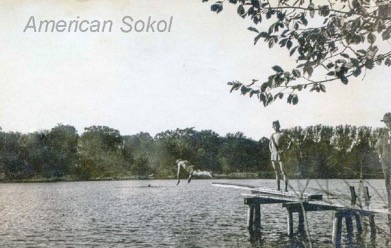
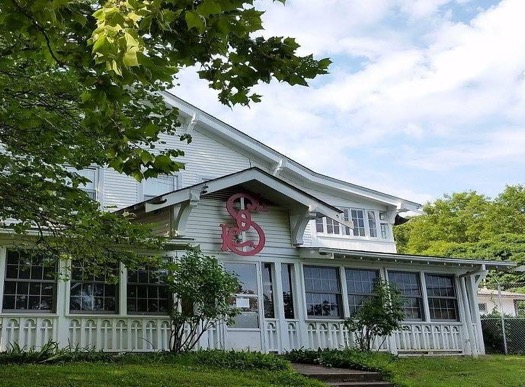
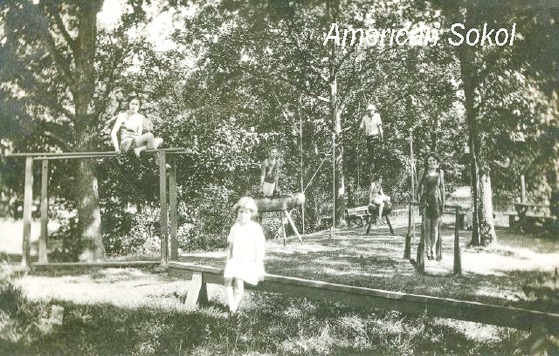
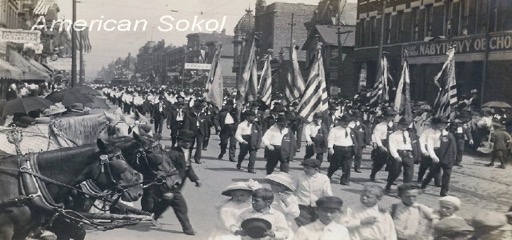
American Sokols
- Parades in Chicago, circa 1908 (left top photo) and circa 1930 (right bottom photo).
- American Sokol team at the 1912 Sokol Slet in Prague with Josef Čermak, author of books on the Sokol movement (left bottom photo). Photos: American Sokol archives.
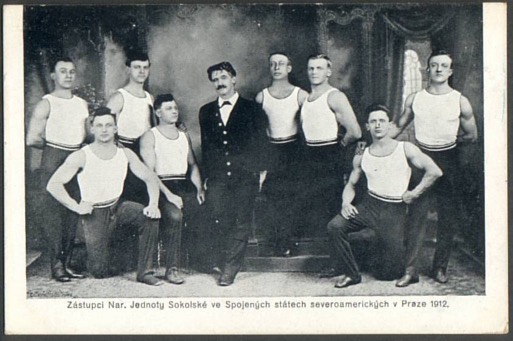
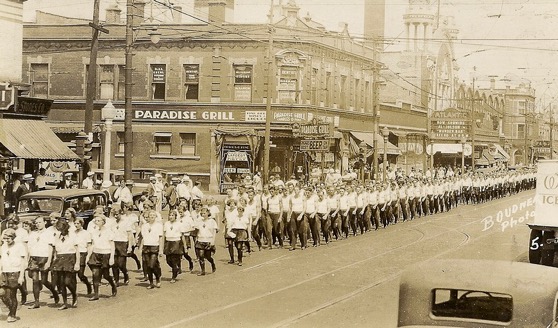
Sokol – Generation to Generation
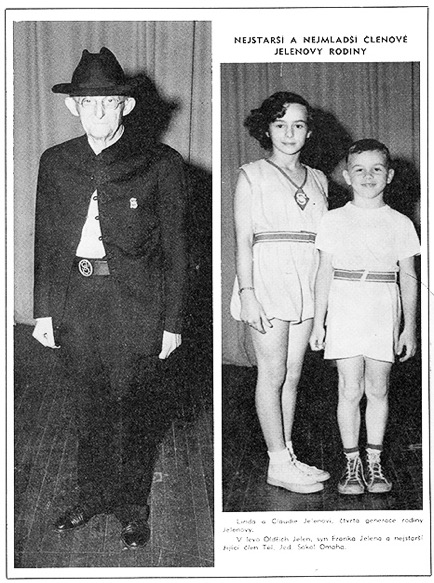
- František Jelen, a Czech immigrant moved to Omaha’s “Little Bohemia” in1876, after he founded Sokol Svornost in Morrisania (Bronx), New York in 1867. Then in 1877 he, one of his sons, and 19 young men established Sokol Omaha.
- Oldřich Jelen (seen in the left photo) was a son of František, the immigrant founder of Sokol Omaha.
- In 1952 Oldřich and his great grandchildren, seen in the photo, were the oldest and youngest Jelen family members of four generations who still belonged to Sokol Omaha.
Sokol was a family organization in America
- One of the major incentives for Czech immigrants to form Sokol clubs was family values. Sokol provided a gathering place for young and old as evidenced by its diversity which included:
- Gymnastic and fitness training.
- Social activities (dances, dinners, bazaars).
- Cultural groups (drama, dance, vocal, band, Czech language school).
- Fraternal and benevolent society meetings.
- Summer camps.
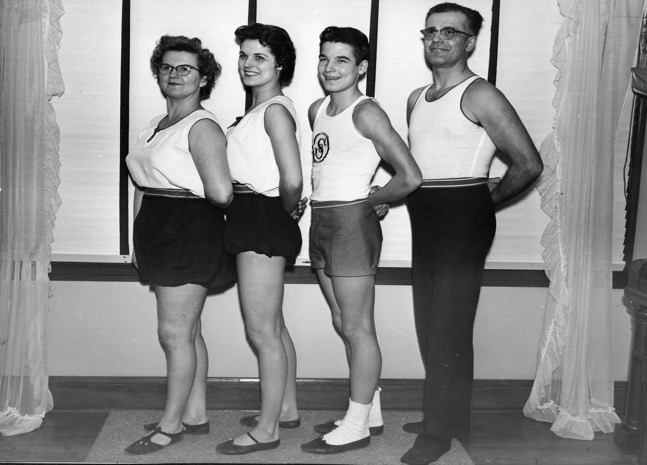
Czech Immigrant Chicago: Centers of Culture and Sokol Societies
- Czech neighborhoods (e.g., Pilsen, Czech California, Tabor) were homes for many Sokol clubs.
- In 1866, Gymnastic Unit Sokol in Chicago was the second oldest Sokol club in America, followed by Sokols Slavic Linden and Czech-American (1868), and Pilsen (1879).
- Sokol Pilsen, near the Pilsen Brewery, had a large membership, and a very active gymnastics program, including a gymnastics school, library, and drama club. Their 3-story building (photo) included a swimming pool.
- Pilsen members helped establish Sokol Town of Lake and Thalia Hall, the center for arts and entertainment. By 1893 there were 11 Sokol Clubs in Chicago.
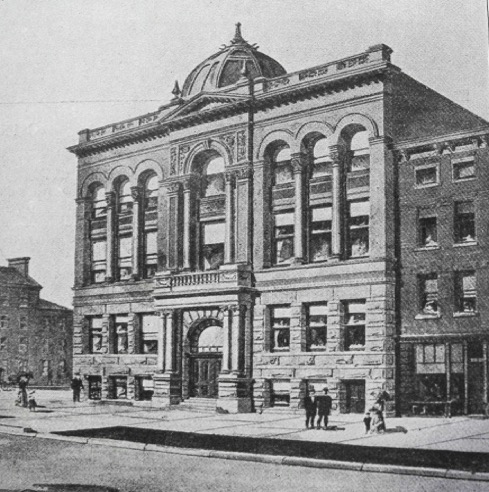
Šibřinky: Traditional Czech Costume or Masquerade Party Often Hosted by Sokols
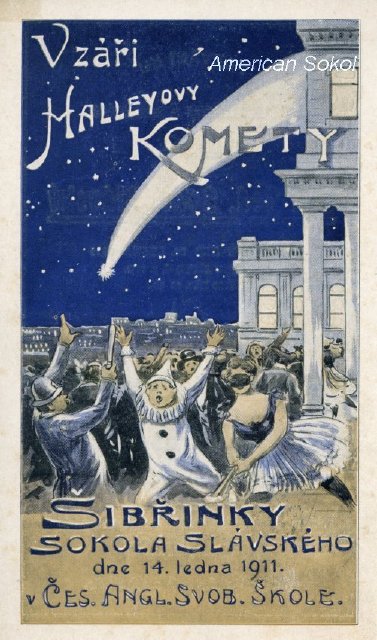
Šibřinky, the costume party, was already celebrated in Sokol Prague the first year it was established (1862) and the tradition was continued in the US.
Posters, shown here are ads for Sokol Slavsky. The one on the left is for Jan. 14, 1911. Its theme is comets, and the event was sponsored by the Czech-English school. The other appears more formal and was held on Jan. 27, 1912. These festivals could be for either adults or children.
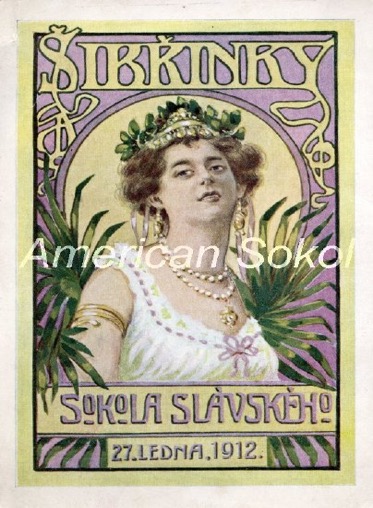
Cleveland’s Sokol Čech (Czech), founded in 1879, celebrated its 25th Anniversary in 1904. The club merged in 1921 with Sokol Havlíček to become Čech-Havlíček
The flyer is an invitation to celebrate the 25th year of the Sokol club’s existence.
The gymnast holds the American flag (sign of patriotism in the new land), and a sword (symbol of readiness to defend). The large bird is the falcon, the symbol of the Sokol organization. Liberty and peace are signified by the lady with an olive branch.
Sokol Čech was a very active club in all areas of Sokol life.
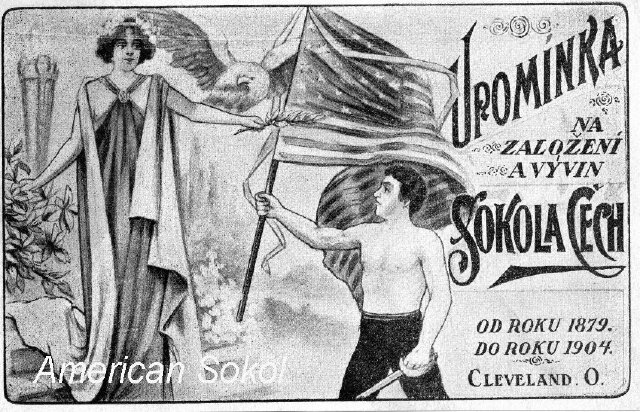
Active Sokols (early 20th century)
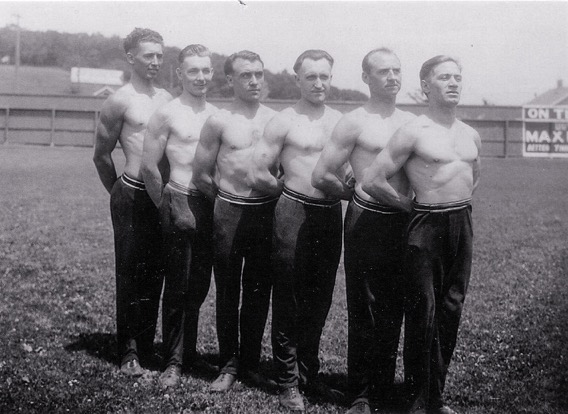
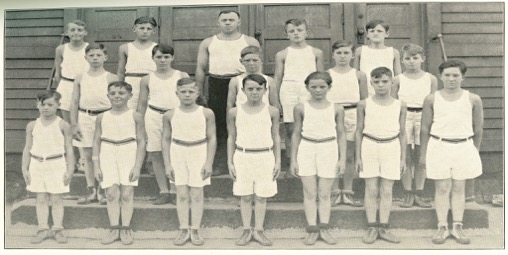
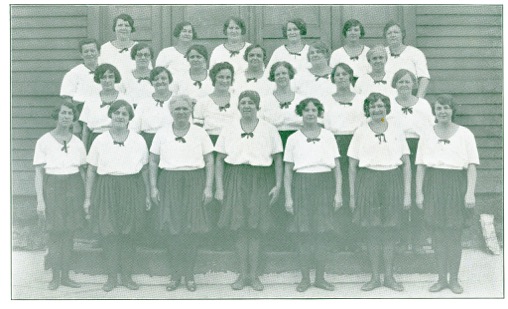
Sokol Gymnasts in Action
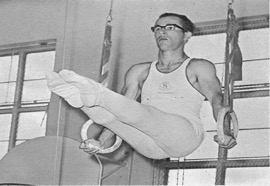
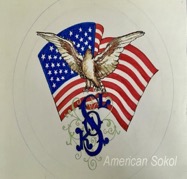
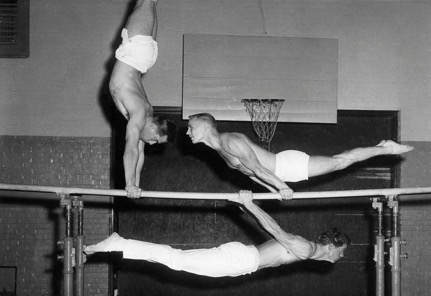
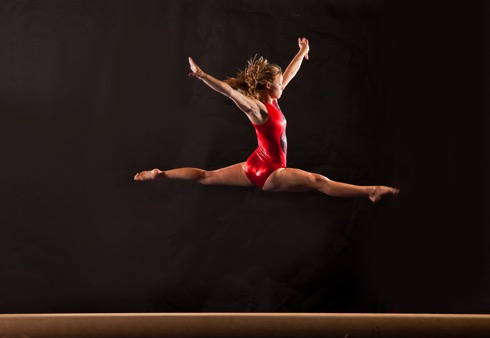
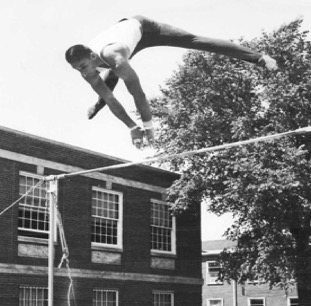
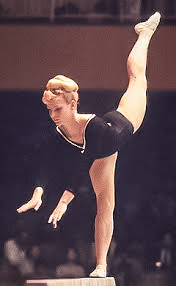
Skills Require Training
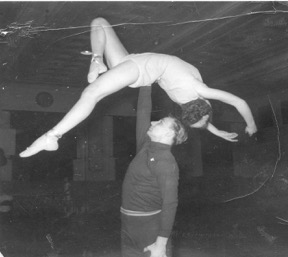
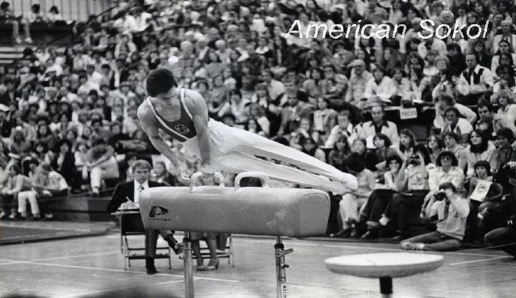
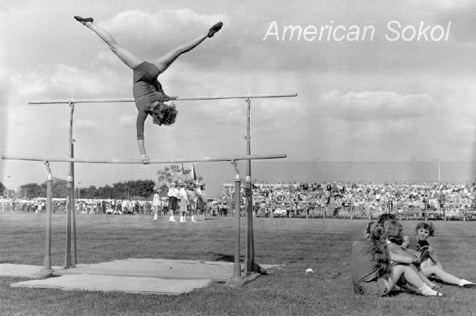
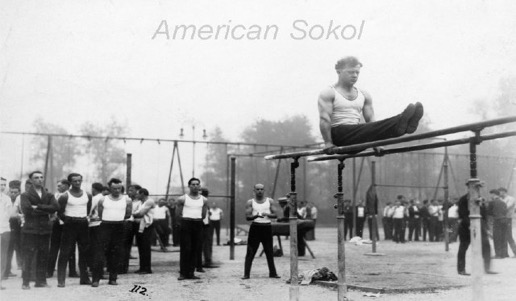
Sokol Trains Champions
Philip Cahoy Sr. trained many young gymnasts at Sokol Omaha, who then excelled in the sport in high school, college and internationally
(photo: Nebraska Hall of Fame).
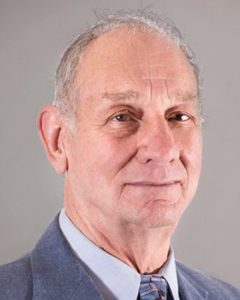
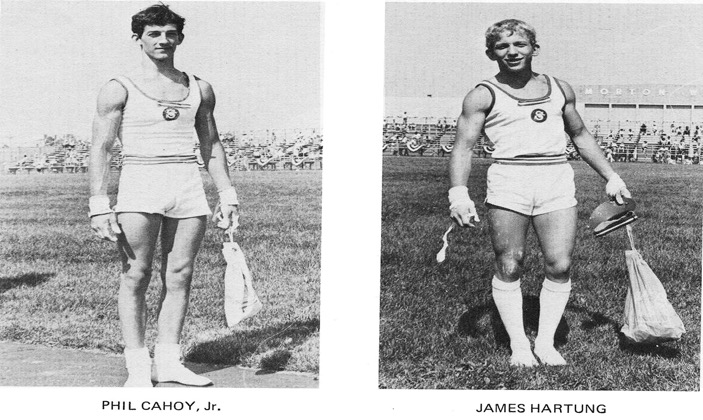
Examples of Czech immigrants who played pivotal roles in the success of the American Sokol Organization
- Legendary Marie Provazníková (1890-1991), who organized the Women’s 1948 Olympic Gymnastics competition, did not return to Prague, because of the Communist takeover that year. She came to the United States, where she spent the rest of her life training coaches and teachers, writing numerous books on gymnastics and physical education, and helping develop the sport of Rhythmic gymnastics. She served on the President’s Council on Physical Fitness.
- Jarka Jelinek (Pilsen Sokol), Director of Men, Slet coordinator, and teacher/coach. He trained many gymnasts, taught instructors, and organized five National Slets. Some other immigrant coaches and teachers of gymnastics included e.g., Frank Machovsky (Cedar Rapids), Oldrich Kudrnovsky (Berwyn, IL), Frank Prihoda (St. Louis), Otta Karasek, traveling instructor, and Stanley Matoska (Berwyn, IL).
- Charles (Karel) Prchal (1896-1980) served as America Sokol President for 31 years and visited virtually every American Sokol club. His leadership and writings brought national attention to the organization.
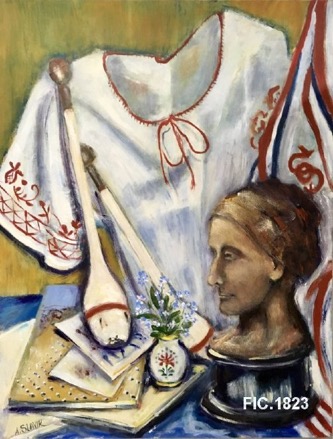
Sokols Preserve Czech Culture
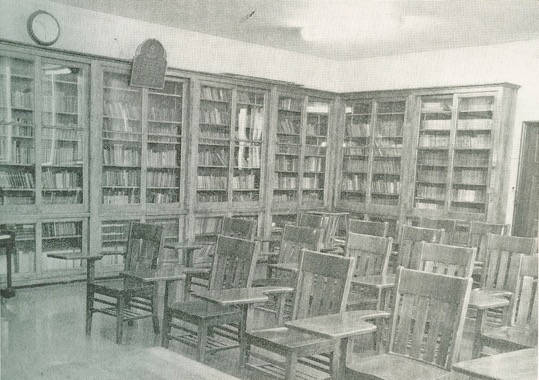
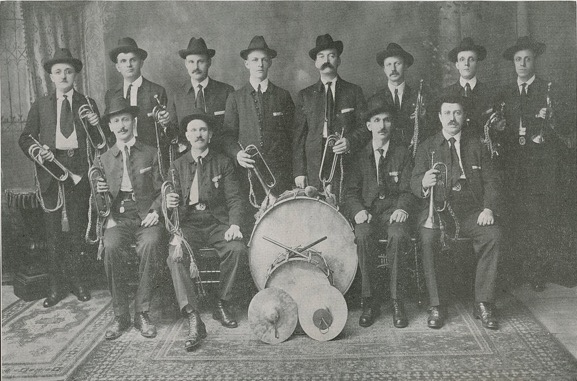
Dělníčkě Americký (D.A.) Sokol
- This organization was founded in 1892 in Manhattan and by 1915 there were 15 clubs, mostly in the New York City Metropolitan area. The title of the organization means: “Worker’s American Sokol.” The formation of a D.A. Sokol in Cleveland in 1934 facilitated Instructor’s Training Courses in Taborville OH.
- The philosophy and goals of D.A. Sokol are those inherent of the Tyrš system. Frank Safanda, a member of a New York D.A. earned a place on the 1924 US Gymnastics Olympic Team. Photo is of D.A. Sokol gymnasts.
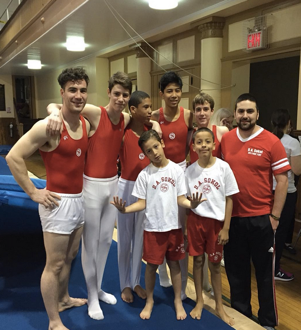
Župa (District) Fügner-Tyrš: organized in 1897
- Several Sokol clubs in Greater Chicago formed an organization because they wanted to use the red uniforms of their Czech counterparts and wanted to use only Czech in their gymnastics classes. The initial four clubs were: Slavský,
Pokrok, Zisku Dub and Slaviá.
- Competition was limited to men, but women had affiliated clubs. The organization existed for 19 years and grew to include 24 cubs (five of which were for women, and nine were in Ohio and Wisconsin.
- In 1917 the Fügner-Tyrš clubs joined the American Sokol Organization.
Slovak Gymnastic Union Sokol, established in 1896
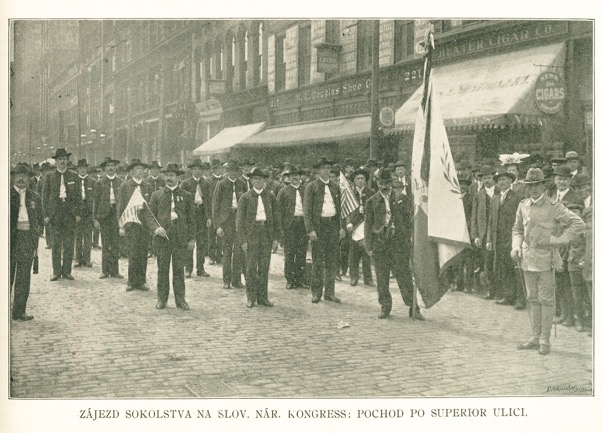
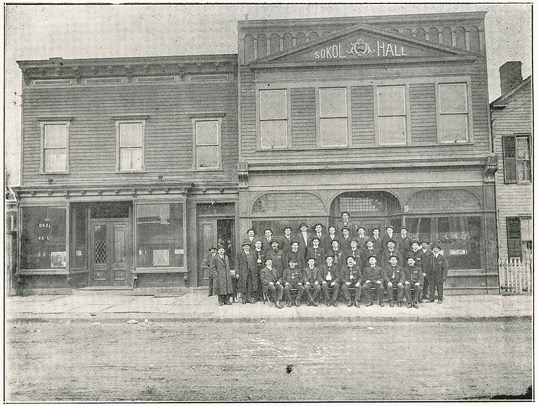
Sokol USA (formerly Slovak Gymnastic Union Sokol)
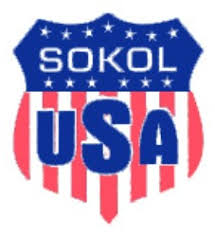
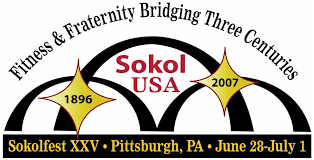
- Although Slovak immigrant settlements existed in the mid-19th century, the first Slovak Sokol club was not established until 1896, three decades after the first club was founded by Czech immigrants. Slovaks in Slovakia did not have Sokol clubs until 1920, because the Hungarian government forbade them.
- In 1892 the first two Slovak Sokol clubs, called lodges, were established in Chicago and New York, and in 1896 the Slovak Gymnastic Union (SGUS) was formed. The fraternal benefit aspect of SGUS was a strength, as it provided funds for the development of gymnastic and cultural goals. By 1905 there were 90 men’s lodges with 2,500 members in eight states, and a year later SGUS held its first Slet (Rally).
- By 1920, SGUS listed 8,219 members in 210 lodges. Not all members were involved in lodge activities, as some joined solely for the purpose of insurance.
- SGUS joined the ASO Slet in Chicago in 1925; since that gathering, the two organizations continue to participate in each other’s Slets.
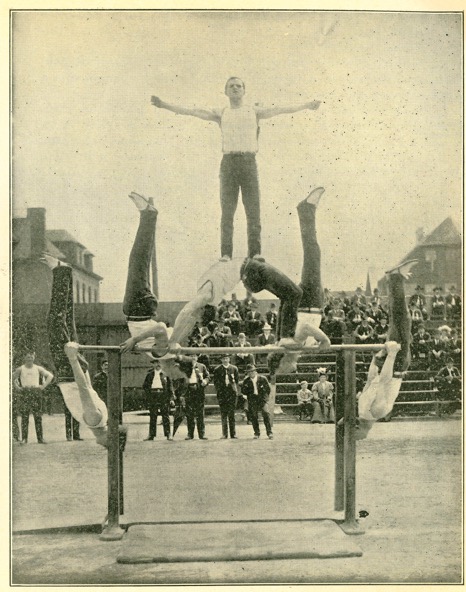
The 1907 Slovak Sokol Convention, in Allegheny PA featured gymnastics exhibitions and competitions
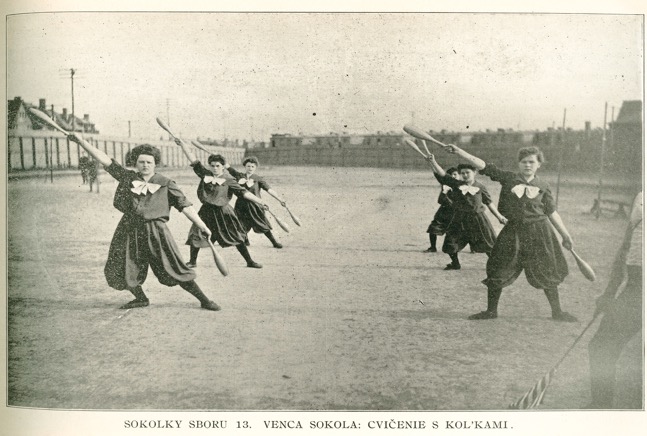
Slovak Catholic Sokol
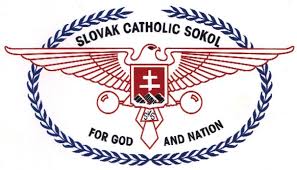
Formation
In 1905 the Passaic New Jersey local Slovak Gymnastic Union club wanted their club to support the Catholic Christian faith. This desire led to the formation of the Roman and Greek Catholic Gymnastic Union, which in 1933 was renamed: Slovak Catholic Sokol.
Growth
Three years after its formation, the Slovak Catholic Sokol formed clubs for women, called “wreaths” like those for men, called “assemblies.” The organization is fraternal and offers insurance policies. By 1926 membership grew to 9,172, and that year their members participated in the Slet in Prague. In 1950 membership reached 39,000, and the organization had more than one million dollars in assets
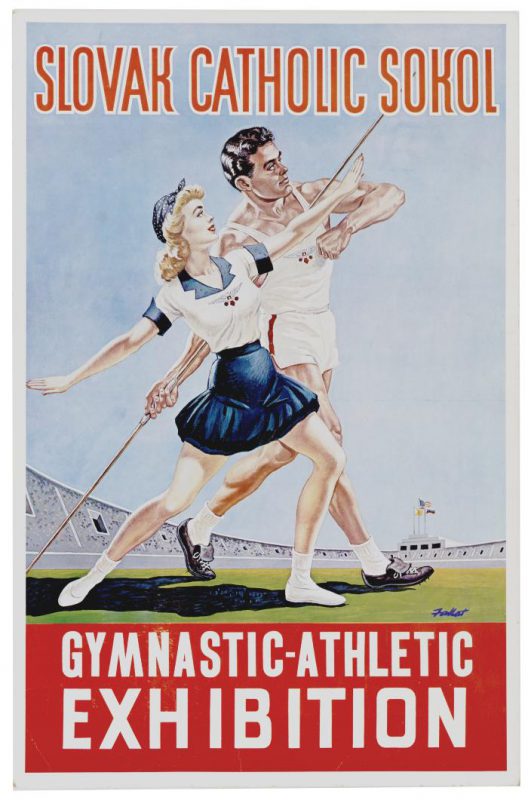
Slovak Catholic Sokol Activities
- Gymnastics was the major emphasis of the organization during its early years and is still one of its activities. Slovak Catholic Sokols sponsor Slets, every 2 years, preceded by Instructor’s Training Schools.
- Over the years this organization has expanded their sports offerings for both young and old members, e.g., team sports and activities suited for adults (golf, bowling, softball).
- Owing to the financial solvency of the organization, student grants, and other benevolence programs are available.
Catholic Union Sokol (a Czech-American Organization)
- 1893: the first Catholic Sokol was formed in Omaha’s “Little Bohemia” as an affiliate of St. Wenceslaus Church. The building in the photo is Metz Hall (circa 1890), which was purchased by Catholic Sokol.
- Soon Catholic Sokols were established in South Omaha, small Nebraska towns, Texas towns, Chicago, Baltimore and Detroit.
- 1909: A Catholic Union Sokol was formed, because the National Union Sokol was influenced by “Free Thinkers,” who tended to frown on religious beliefs. The Catholic Union Sokol was formed, in order to cultivate gymnastics according to the teachings of Tyrš and Fügner and still maintain and continue to be faithful to church teachings.
- During the second decade of the 20th century there were 70 Catholic Sokol clubs.
- After World I, the Catholic Sokol Organization did not flourish.
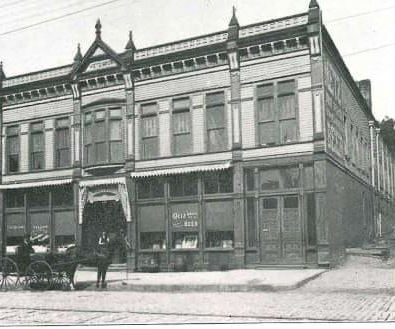
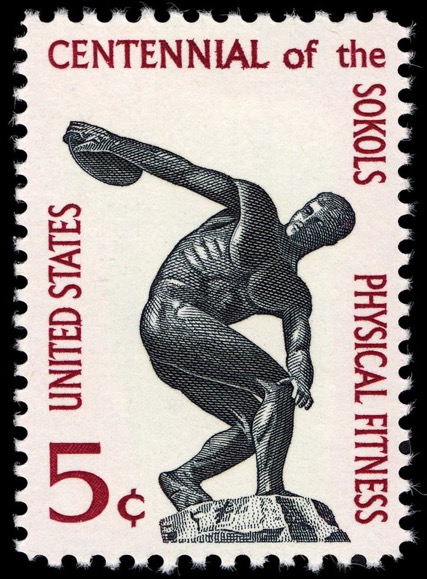
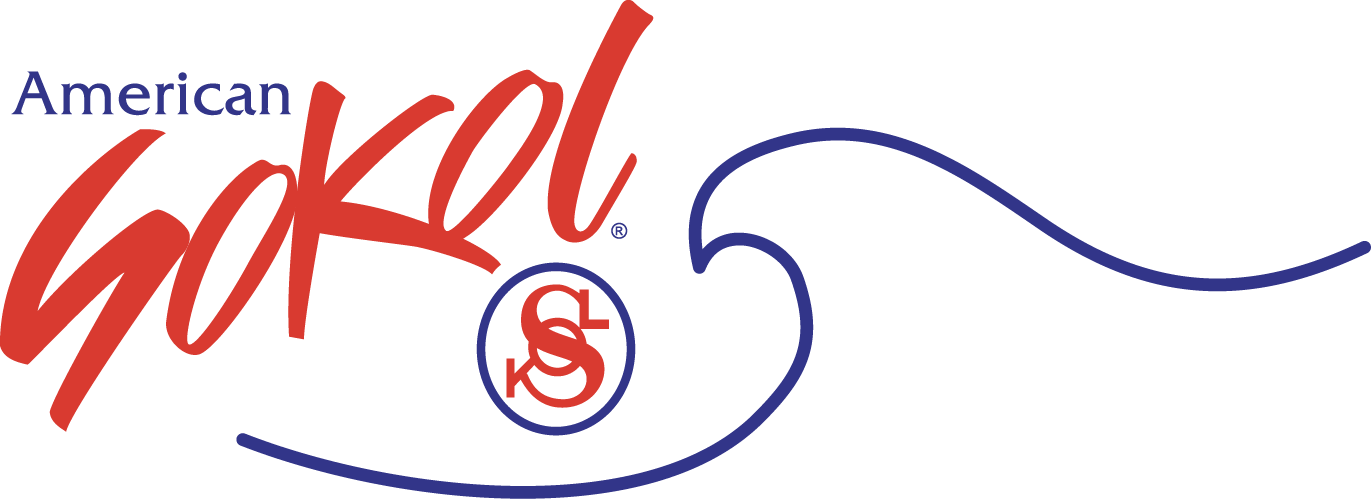
“Twists and Turns: the Story of Sokol”
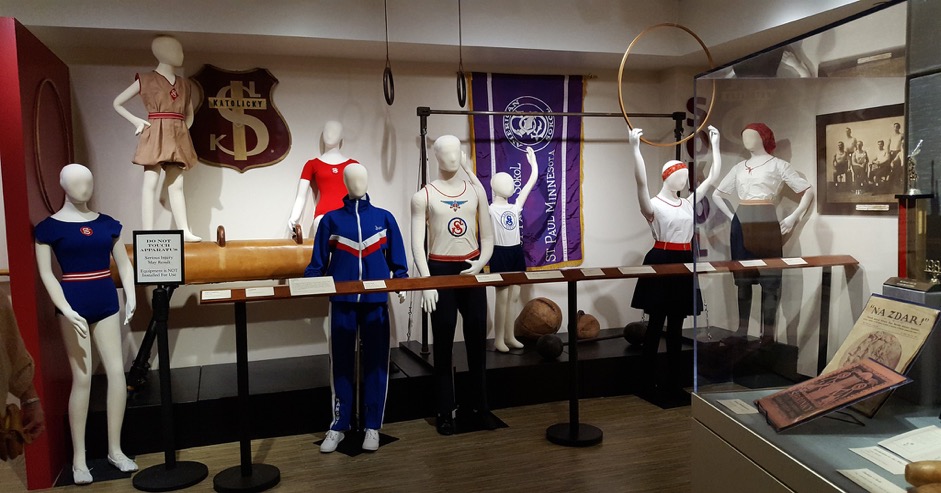
Sokol Blesk (Baltimore) one of the oldest clubs in America (estab. 1872)
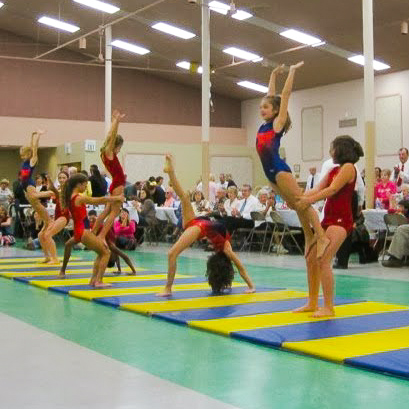
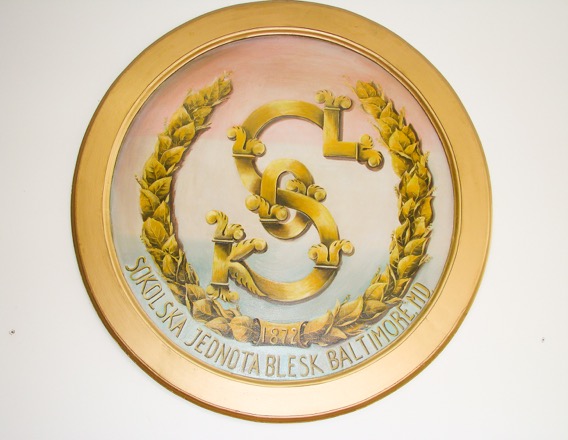
Many Sokol club mergers in Cleveland have facilitated a large active American Sokol Unit
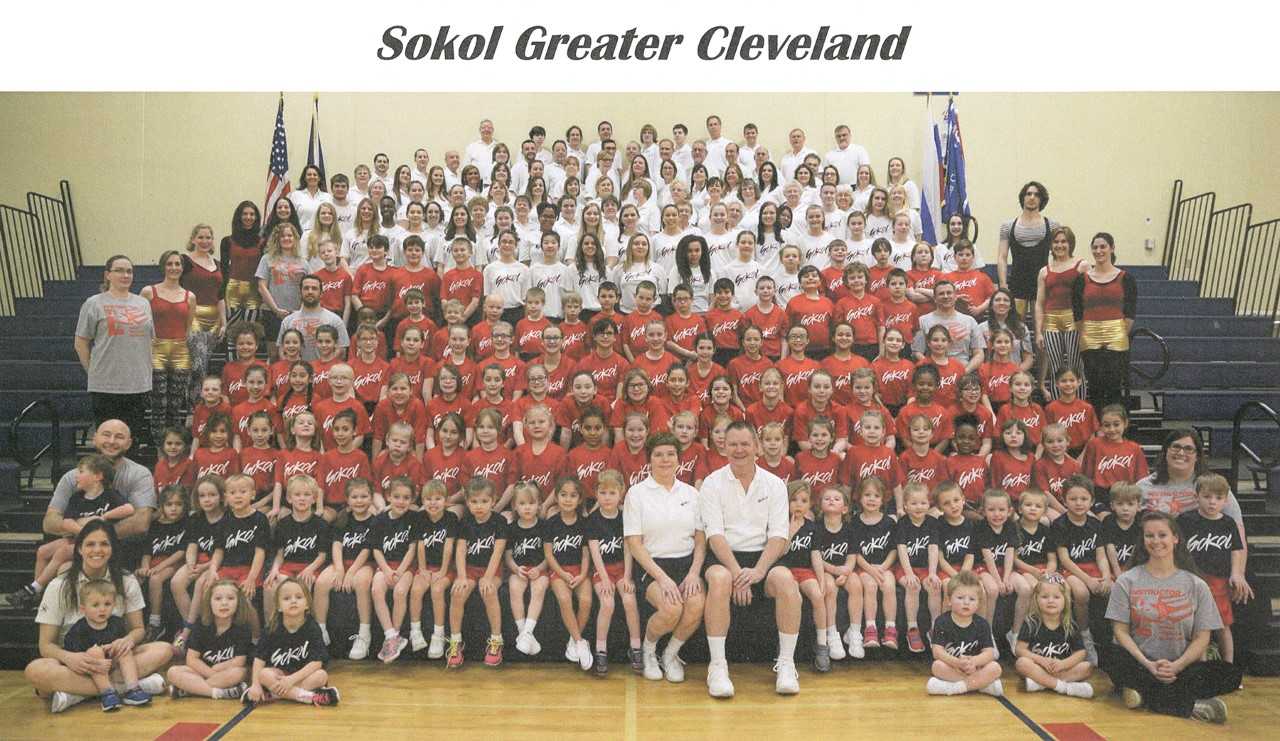
Some Other Current Active Sokol Gyms in America
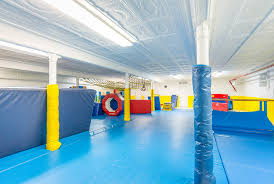
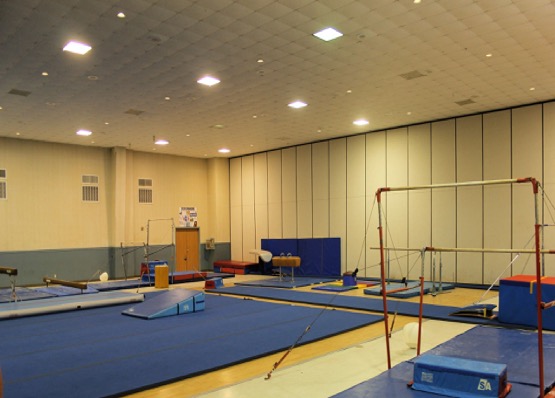
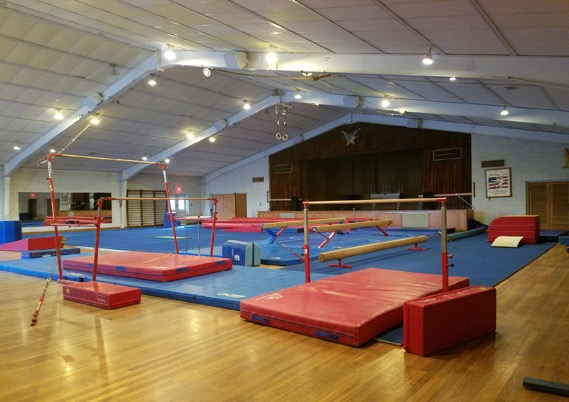
Sokol Fort Worth, established in 1913
- The club has certified instructors, and a full-time director.
- It includes many aspiring gymnasts and is recognized as a contributor to the establishment of gymnastic programs throughout the state of Texas
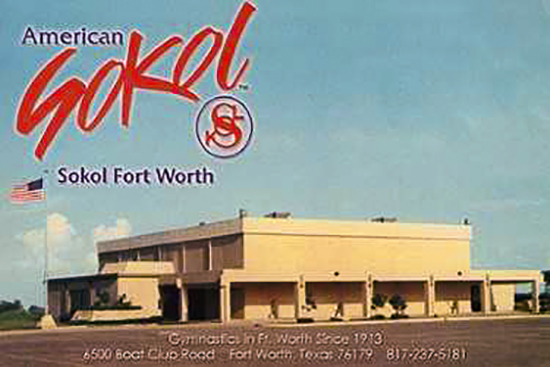
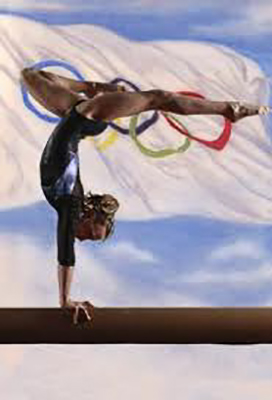
Sokol Center-Fort Worth (Sokol Forth Worth)
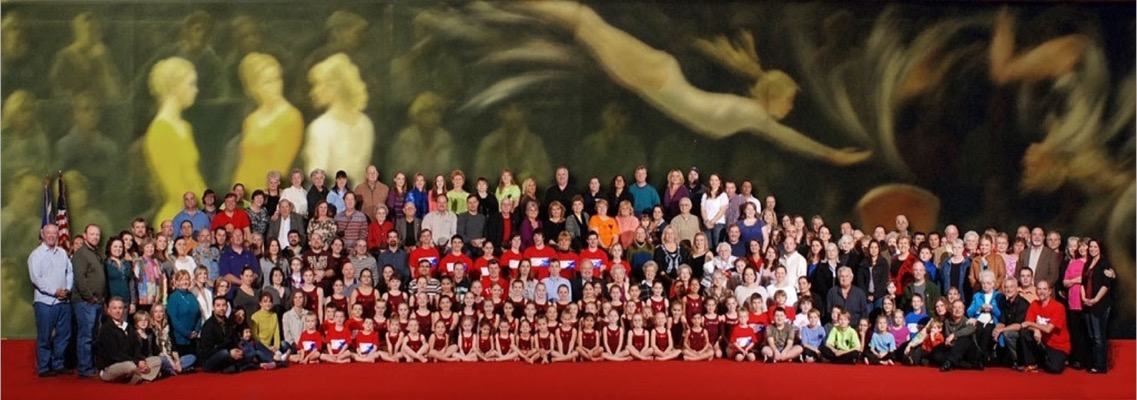
Sokol Naperville Tyrš: A Story of Determination
- Because Naperville is not a short drive to any of the West Chicago suburbs, the Filipello family sought to establish a Sokol club in that town. Lacking funds for a building project, an agreement was made to use the facilities of schools, and Sokol Naperville Tyrš was founded.
- Sokol donates funds for equipment to the high school, which permits Sokol use of the facilities.
- During its first year of existence, the club had 25 students and two instructors, but by the second year, 144 students were enrolled in gymnastic classes, and were taught by six instructors.
- The Naperville Sokol offers classes on 3 days each week, and sponsors gymnastic competitions for private clubs, which helps the club’s cost of operation.
